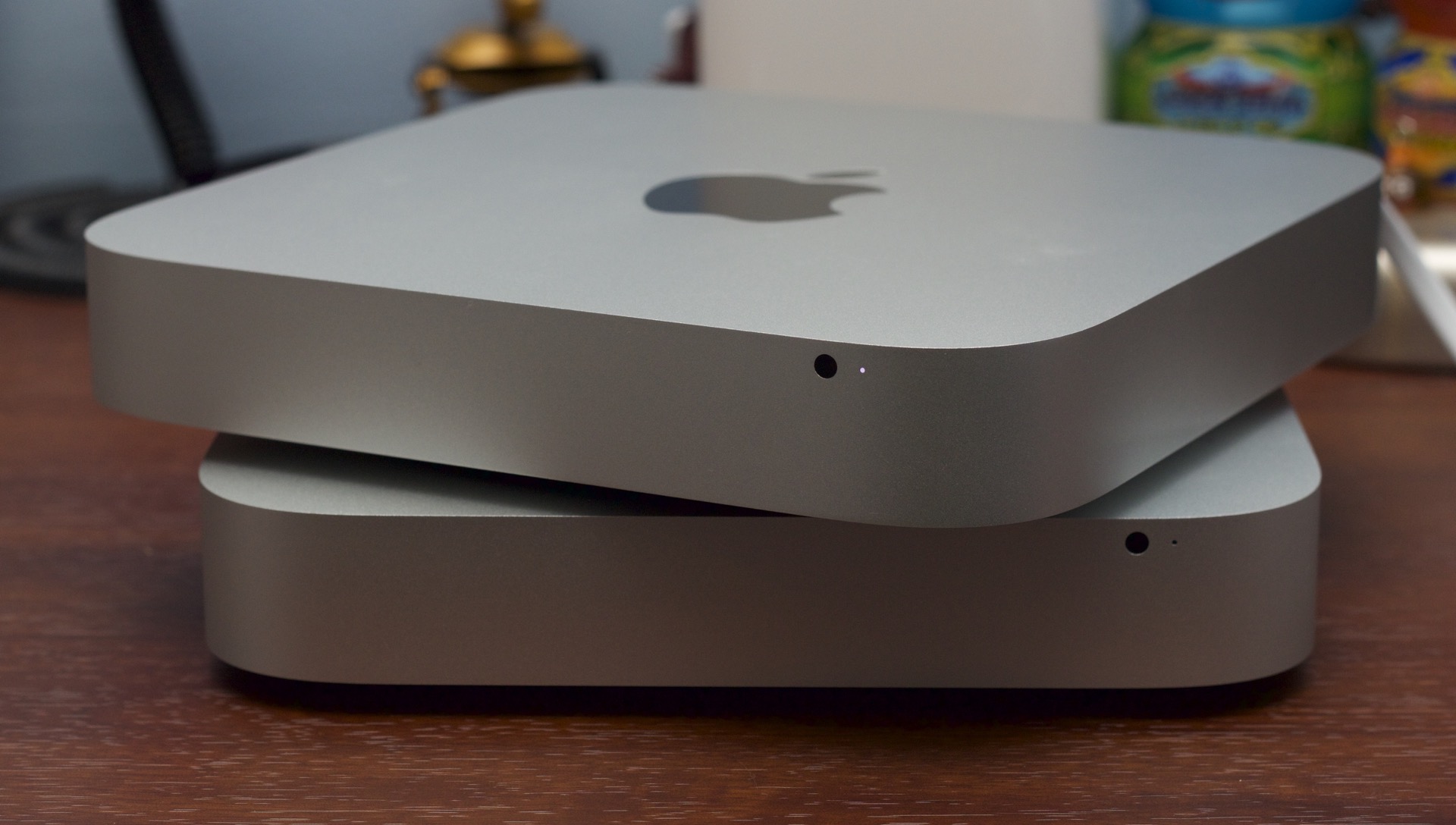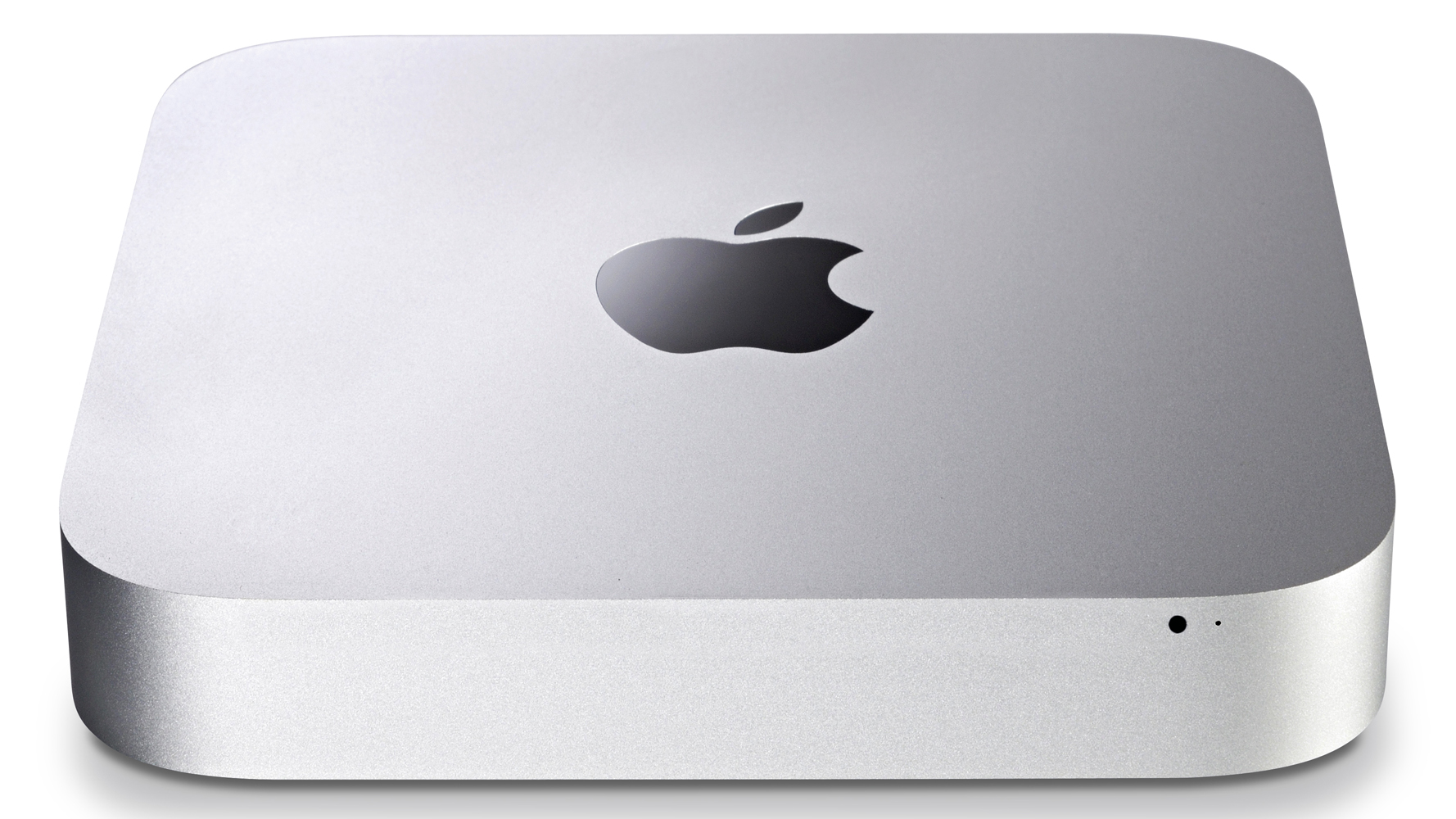
The M1 Mac mini comes in silver.īesides the colors, there are major differences with the supplied ports. We have a separate article that explains how memory works in the M1, and that it’s time to rethink our memory requirements because of Apple’s Unified Memory Architecture.Īpple still offers an Intel Mac mini, which is available only in space gray (left). In my experience with the 8GB M1 Mac mini, I wasn’t able to slow the machine down as I used it in during my typical workday. The amount of memory is a concern for many users, especially for anyone who uses professional production software.

The M1 is offered with either 8GB or 16GB of RAM, and if you want 32GB or 64GB, you have to invest in the Intel-based model-or wait and see if Apple will release a SoC with more memory. One thing that I should address specifically about the SoC is its memory. If you want to learn more about the M1 and why an SoC makes Macs so fast, read this overview about the M1 SoC. They’ve been making SoCs for the iPhone and iPad for years.

And Apple isn’t really new to all of this. Those components are now brought together on a single chip (the RAM is technically separate chips on the same package). Before the M1, Macs had separate chips for the processors, graphics, RAM, controllers, and more. Sure, Apple benefits business-wise by controlling as much as it can, but if Apple really didn’t care about the evolution of the Mac (as some longtime users believe, because iPhone), it wouldn’t make this change.Īpple calls the M1 a system on a chip (SoC).
#Mac mini server 2012 review software#
Apple wants to make hardware and software with features that can’t be achieved without fundamental changes. There are a lot of reason why Apple wants to switch, and for you, the user, the reason are good. But why should you care?Īpple doesn’t just switch chips for no good reason. Now, in 2020, Apple has started the two-year process to switch from Intel chips to its own. In 2005, Apple announced the transition from PowerPC to Intel processors. In the mid 1990s, Apple switched from Motorola 68000 processors to the PowerPC. Processor changes are not new to the Mac.


 0 kommentar(er)
0 kommentar(er)
